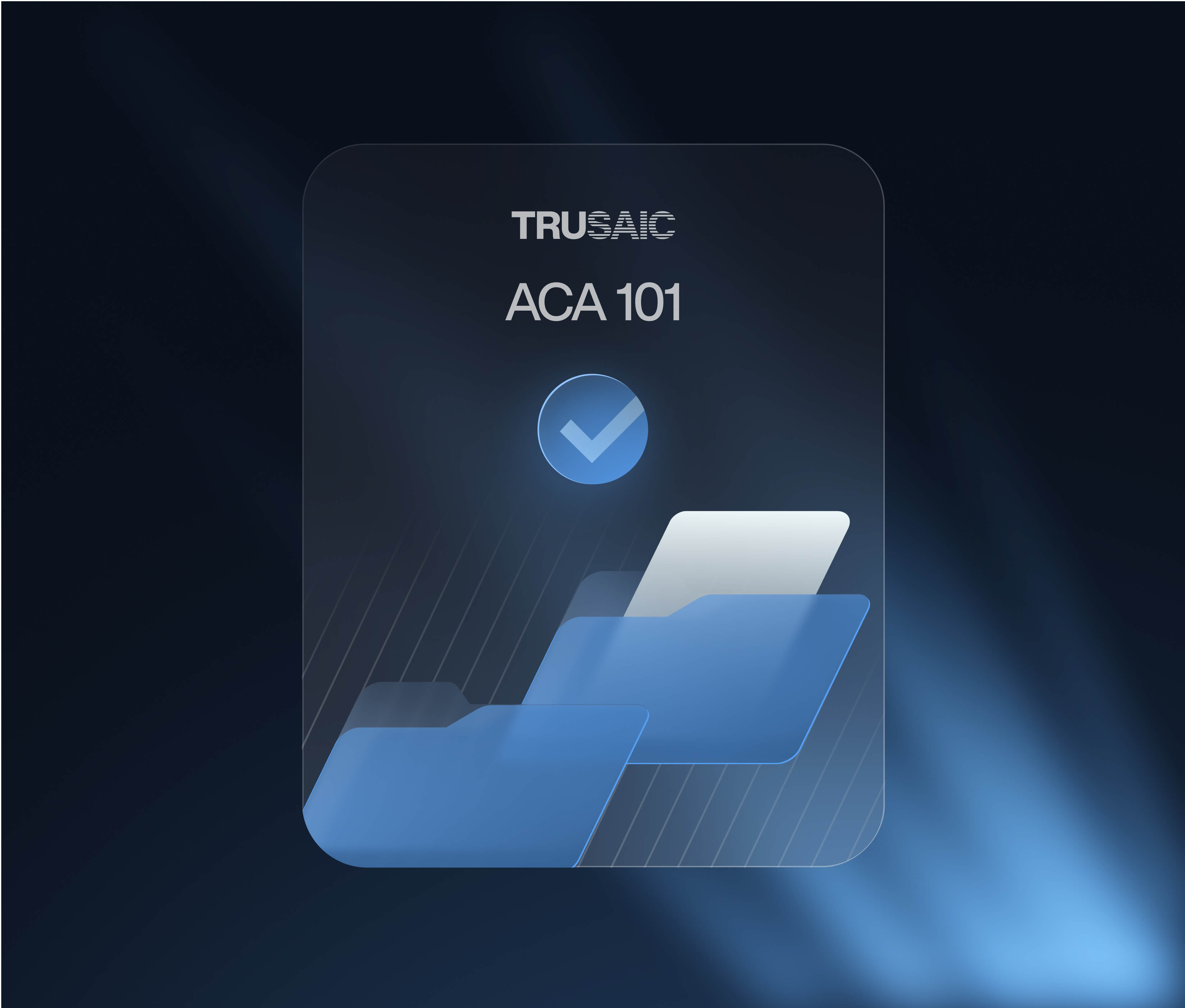When it comes to pay transparency, saving employers money is just one of the advantages. There’s a whole business case for pay transparency that starts with savings. Though it may seem counterintuitive, according to recent research, job listings with pay in the title cost about 67 cents less per click. That’s about a 35% lower cost-per-click average. Pay transparency doesn’t just attract more attention to job listings; it attracts more of the right kind of attention as well. So, pay transparency can pay dividends: one of the ways companies can compete more effectively in today’s tight labor market is to be more transparent about what they pay.
Here’s why: as the idea of pay transparency has become more well-known in the job market, job seekers are more likely to look for listings in which pay is posted. It follows that these prospects are more likely to be a good fit for the employer and follow through with the recruitment/interview process.
Boosting Morale and Candidate Quality
Pay transparency helps employers create an environment of trust; when employees understand they’re being paid fairly for their work, morale tends to increase. Also, when employees throughout the organization know the pay structure, they give their best efforts, resulting in higher productivity and retention. And when employers boost their reputation for inclusivity, they attract better, more qualified applicants-not to mention more customers.
Avoiding Consequences
While it’s true pay transparency can help employers save valuable time and money, this is only the case when they approach it proactively. Without pay transparency measures in place, the likelihood increases that employees, especially younger ones, will leave an employer within six months. If a company has more secretive pay communication practices, its reputation can be dramatically affected if the word gets out about them. Possibly more concerning are the potentially costly legal implications for employers that don’t meet the requirements of state and local governments.
As new laws in Colorado and New York City have taken effect, failing to comply-and the resulting penalties-can actually have a negative effect on companies’ bottom lines. Colorado requires employers to disclose salary compensation and employee benefits in job postings for positions that are expected to be or can be (that is, remote positions), performed in the state. New York City also requires employers to share salary ranges for new positions, promotions, and transfers in an effort to help reduce gender and racial pay discrimination.
Looking Ahead
More and more state governments are passing laws requiring employers to include pay ranges in job listings. As of January 1, 2023, all employers in California with 15 or more employees will have to disclose salary ranges for both direct and third-party job listings. Going into effect at the same time, Washington’s pay transparency law will require employers with 15 or more employees to share-in each job posting-the wage scale or salary range, as well as a general description of all the benefits and other compensation available. As more states continue to pass legislation like this, organizations nationwide should focus on prioritizing pay transparency. Even for companies located where pay transparency is not yet legally required, it can benefit them to get out in front of the pay equity curve by applying transparent practices. Plus, developing a consistent pay transparency plan ahead of time, rather than adapting to a patchwork of state and local laws, can reduce the administrative hassle that goes along with disclosing pay information only where it’s required.
Take Steps Now
Savvy employers can benefit in two ways by conducting a pay equity audit. First, they put themselves in a position to take advantage of the benefits of pay transparency discussed above. Second, they minimize their legal risk; the results of the pay equity audit will help employers understand their workforce composition and pay equity risk, before posting pay information to job listings. Trusaic’s PayParity pay equity auditing solution identifies pay disparities at the intersection of gender, race/ethnicity, age, disability, and more so employers can correct them ahead of time.
What’s more, our Salary Range Finder® can help you establish equitable and competitive pay ranges for all new and existing positions. As a result, you can feel confident about disclosing pay ranges whether you’re required to or not.
The Salary Range Finder also helps you demonstrate transparent and fair pay practices, while simultaneously mitigating risks and pay equity challenges like wage compression. If you need assistance preparing pay data reports, establishing equitable pay ranges, and documenting your compensation policy, schedule a meeting with one of our pay equity experts below:








